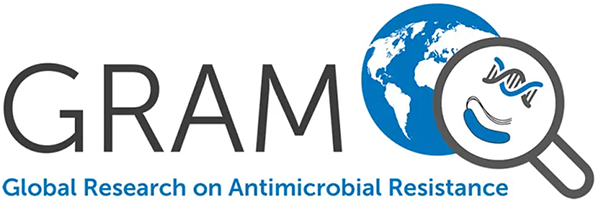A liquid chromatographic-tandem mass spectrometric method for determination of artesunate and its metabolite dihydroartemisinin in human plasma.
Hanpithakpong W., Kamanikom B., Dondorp AM., Singhasivanon P., White NJ., Day NPJ., Lindegardh N.
A bioanalytical method for the analysis of artesunate and its metabolite dihydroartemisinin in human plasma using high throughput solid-phase extraction in the 96-wellplate format and liquid chromatography coupled to positive tandem mass spectroscopy has been developed and validated. The method was validated according to published FDA guidelines and showed excellent performance. The within-day and between-day precisions expressed as RSD, were lower than 7% at all tested concentrations including the lower limit of quantification. Using 50 microl plasma the calibration range was 1.19-728 ng/ml with a limit of detection at 0.5 ng/ml for artesunate and 1.96-2500 ng/ml with a limit of detection at 0.6 ng/ml for dihydroartemisinin. Using 250 microl of plasma sample the lower limit of quantification was decreased to 0.119 ng/ml for artesunate and 0.196 ng/ml dihydroartemisinin. Validation of over-curve samples in plasma ensured that accurate estimation would be possible with dilution if samples went outside the calibration range. The method was free from matrix effects as demonstrated both graphically and quantitatively.

